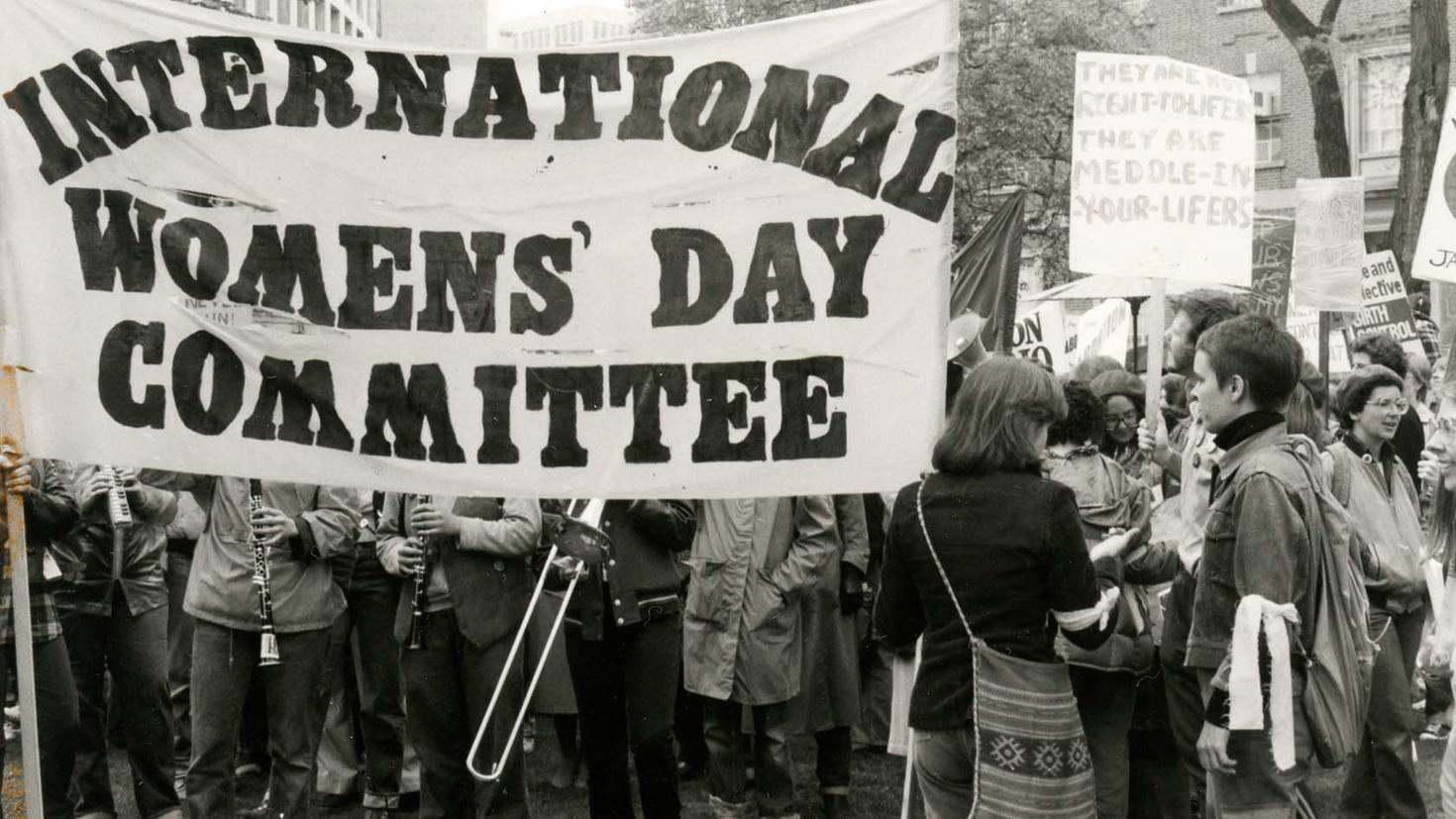Nancy Adamson was a PhD student in history at the University of Toronto when she joined the CWMA collective in 1983. As an activist herself, Adamson felt it was important that women’s voices outside of academia and government be archived.
“What makes the Canadian Women’s Movement Archives special is that it tried to reflect the movement whose records it was collecting,” she says.
Sometimes that meant keeping, for example, a scrap of paper that referred to one event organized by women in a small town in northern Ontario. Files were not discarded if they were incomplete or contained only one document; the collection was designed to be continually expanded.
“We collected every scrap of information we could find about women’s organizations. We kept it, we catalogued it under its group name and it’s there now at the University of Ottawa for anyone to see and read those stories and discover all the activity that was taking place in the second wave of the women’s movement,” she says. “Well, not all,” she adds, but even a scrap of paper might offer a “hint of where to go if you want to learn more”.
What Adamson prizes most about the CWMA collection, besides the unconventional way it came together, is the tactile nature of some of its holdings: the banners and T-shirts and buttons. She recalls a gathering in Toronto in the early ‘80s where members of the International Women’s Day Committee sewed a banner, now part of the collection.
“We were debating the state of the world and plotting how to make change, and we were sewing,” she says. “I think that challenges this way that people stereotype feminists, or at least did in that time, that we were militant and harsh and hard. And we could be those things, sure, but we could also sit around and have a quilting bee to make our banners. I like that it shows that; all the many sides of who we were, whether we held bake sales or marched on Parliament. We could do all those things.”
Those tangible relics – the slogan buttons, banners, educational kits, pamphlets, recordings of speeches, oral histories, videos and more – are key to preserving the true grassroots nature of the movement, says Margaret McPhail, a former teacher, union organizer and women’s rights activist.
“The practice of archiving is traditionally very narrow,” says McPhail. “Who saves their records? People who think they are going to be important and have the room and the where-with-all to do it. So, capturing this kind of ephemera, if you like, adds a whole new dimension to our understanding of the roots of and role of and power of the second wave women’s movement. It is important to understand its history as a movement, not as the result of – and not to diminish their individual roles – five or six or ten important women.”
McPhail is a founding member of Rise up! a volunteer-run, digital archive of feminist activism, which she considers a complementary initiative to the much larger physical and digital Women’s Archives collection held at the uOttawa Library. The aim of both archives is “to preserve the activities of diverse grassroots feminist activism across Canada, including voices that are often absent, such as those of lesbian activists, Indigenous women, racialized and black women, immigrant women. So it reflects that diversity, because the Canadian Women’s Movement Archives originally was grassroots built.”
McPhail says the second half of the 20th century was a fertile time for social justice movements and there was much cross-pollination. Her own activism began in her late teens, when she became involved on the socialist left. She later joined the International Women’s Day Committee, a coalition of socialist feminist groups.
“The time was right,” she says. “The feminist movement was growing, the civil rights movement, the anti-war movement...all these kinds of things were happening in terms of challenging oppression... It just was a period of burgeoning political questioning and activism that intersected with equality rights whether it was anti-colonialism, Indigenous persons activism...Quebec separatism, all that stuff...It was like an explosion of activism and consciousness among women across the country, in large cities and smaller communities, and very grassroots. From almost nothing, it seemed like overnight there were so many things happening”.






